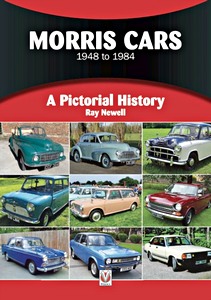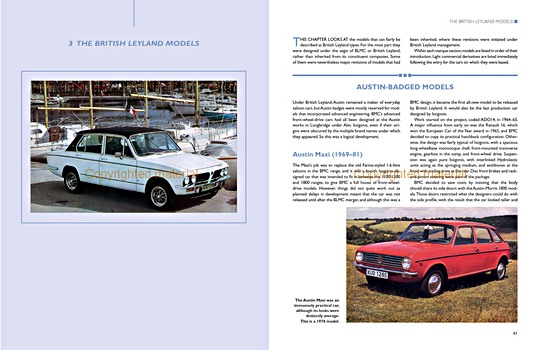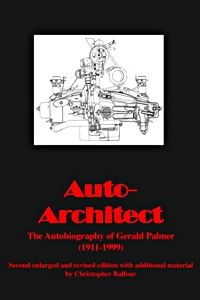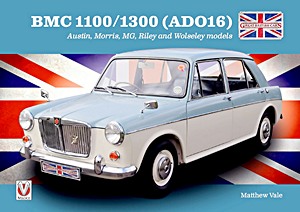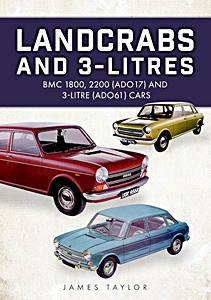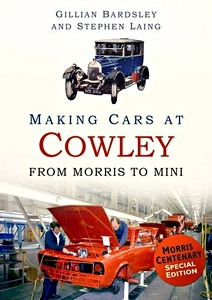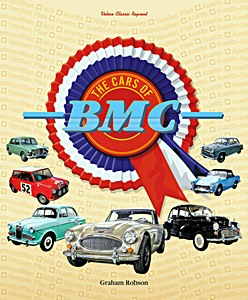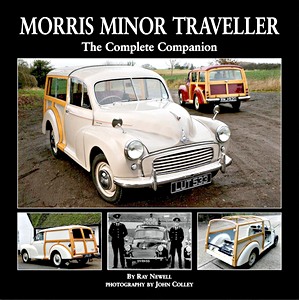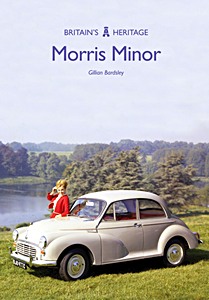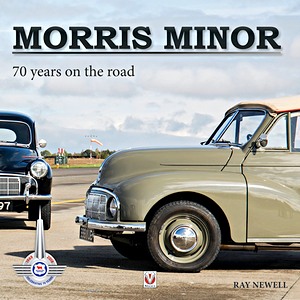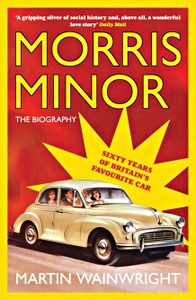BMC 1100 and 1300 - An Enthusiast's Guide
De modellen 1100 en 1300 van de British Motor Corporation waren met meer dan 2.1 miljoen verkochte exemplaren tussen 1962 en 1974 een van de meest succesvolle modellen in de geschiedenis van het bedrijf. Ze werden wereldwijd onder acht verschillende merknamen verkocht en waren verkrijgbaar in verschillende carrosserievarianten, waaronder tweedelige en vierdeurs sedans, tweedelige stationwagens en vijfdeurs hatchbacks. In Groot-Brittannië waren ze tussen 1962 en 1971 het best verkochte auto, alleen in 1967 werd de Ford Cortina meer verkocht.
"BMC 1100 and 1300" bschrijft het ontwerp en de ontwikkeling van deze invloedrijke modelreeks, die BMC als pionier in de autotechniek bevestigde. Het boek behandelt niet alleen de standaardmodellen, maar ook speciale conversies, auto's die in het buitenland zijn geproduceerd en de ervaring van het bezitten en onderhouden van deze voertuigen vandaag de dag.
Specificaties
| Auteur: | James Taylor |
|---|---|
| Uitvoering: | 144 blz, 24.5 x 19 x 1 cm, paperback |
| Illustraties: | 150 z/w- en kleurenfoto's |
| Uitgever: | The Crowood Press Ltd (GB, 2015) |
| ISBN: | 9781847979896 |
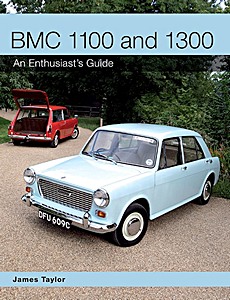
BMC 1100 and 1300 - An Enthusiast's Guide
Taal: Engels
Beschikbaar bij bol.com en Amazon - veilig betalen en snelle levering
Kopen bij bol.comKopen bij Amazon NL
Kopen bij Amazon BE

